With the way technology has been evolving, electric vehicles (EVs) are becoming commonplace. Instead of gas stations, our EVs have to make use of charging stations to keep running. Here, we see a difference between gas-powered cars and EVs. Like any other electrical machine, EVs need to be charged for some time to have energy. This time taken, for most people, is the major factor in determining what charging to use.
As it turns out, there are two types of EV chargers: the AC charger and the DC charger. In this article, we’ll be exploring what they are, how they work, and in what situations they should be used.
What Is an AC Charger?

When talking about electricity, we have two types: AC and DC. AC stands for Alternating Current, and it means what the name implies. It’s a form of electricity whose current changes directions. On the current-time graph for electricity, it forms a sinusoidal wave. To avoid getting too technical that’s about all you need to know about AC.
Alternating current can be transported across large distances without any power loss. It’s the type of electricity you get from your power grids. But, devices and batteries can only harness or store DC (Direct Current). The job of an AC charger is to convert AC to DC power so that devices can be recharged.
In the case of electric vehicles, the converter is built into the car itself. This converter is called the on-board charger (OBC). The capacity of the OBC is what determines the charging speed of the car. For electric vehicles, AC chargers connect to the onboard charger and supply power to it. The converter then turns the AC power into DC to be stored in the car battery. This type of charger was the first of its kind in electric vehicle technology.
AC chargers are the most readily available type of charger. They're found both in dedicated EV charging stations and can even be installed at home. They’re available in ranges from 7kW to 22kW. With these sorts of power ranges, it can sometimes take up to 12 hours for an electric vehicle to charge till it's full. Due to the time it takes to charge with an AC car charger, using one is referred to as "slow charging".
What Is a DC Charger?

Direct current, as stated earlier, is the only form of power that devices can make use of. By bypassing the onboard charger, DC chargers can supply direct current straight into the car battery. This means that the amount of power the car takes in isn’t limited to the capacity of the OBC. Because of this, they can supply magnitudes more power to the car, charging it a lot faster. They are known as fast or rapid chargers for this reason. DC chargers are also called level-3 chargers.
DC chargers are a relatively new EV charging technology so they’re not as common as AC chargers are. You can usually find charging stations with DC power on highways, major routes, and commercial areas. This is because they are targeted at EV drivers who need to fill up their batteries in as little time as possible. Delivering at least 50kW of power, DC chargers pump twice as much power as AC chargers do. With recent advancements in EV charging technology, most DC chargers go much higher than that, filling EVs in less than 30 minutes.
DC charging piles are also more expensive to build. They need bulkier infrastructure than AC chargers and also need a lot more power supplied to them from the grid. The maximum amount of power a DC charger can deliver today is 480kW, so you can imagine how much such will cost.
DC chargers will only work with cars that are compatible with DC fast charging. Recently, most EVs have been able to do this, but it is still good to check for compatibility.
What Are the Differences Between Them?
With the definitions and attributes above, it’s easy to see the differences between AC and DC chargers. Still, it’s important to understand the effects of those differences, and why they matter for your EV experience.
The main distinction between AC and DC chargers is the location where the conversion is taking place. This particular difference is what affects a lot of other factors. You see, with the converter inside of the car there is a size restriction. This size restriction directly affects the charge it can handle. The converter capacity also affects how fast your EV can charge. If it has a capacity of 7KW and the charging station can provide the full 22kW of power, it will still take all night for your battery to fill up.
But, if the capacity of the OBC is 21kW, it could only take about a third of that time for the battery to get full.
Meanwhile, as mentioned before, the DC chargers do the conversion of AC to DC outside of the vehicle. This allows engineers to make the converter as large as is practical. Due to this factor, the converters can be a lot more efficient at conversion. The charging speed, in this case, is dependent on just the strength of the DC pile.
But, this bulkiness makes DC piles practically impossible to install at home. Bulkiness aside, the expenses are enough to make you have to sell your EV to be able to recover the money back. Aside from the installation cost, the price of simply using a DC charging pile can be as much as ten times that of using an AC pile.
Size and expenses aside, there are a lot of other features that differentiate AC from DC chargers. To begin with, the DC charger must be able to modify the output power setting of the battery's capacity. To do this, it needs to be able to communicate with the car. AC chargers, though, do not need to have this feature. They can work with any EV, as long as they have the appropriate connector type.
Another major variation between AC and DC chargers is the rate at which the batteries get filled up. Over time, as the battery gets closer and closer to 100%, the speed of charging slows down. This is particularly true for DC chargers. This characteristic is called the charging curve.
Look at it like this. Imagine the power from the charging pile to be a flowing river. Its highest speed is at the origin of the river when you have just begun charging. As it reaches the middle, the current slows gradually, and at the end, towards the ocean, its speed drops even more significantly.
This is how charging your EV will work, whether using an AC or a DC charger. However, with a DC charger, once the battery reaches 80%, the charging speed drops so much that it's impractical to keep your vehicle plugged in. So, while you can leave your EV plugged into an AC charger until it reaches 100%, it’s pointless to do that for a DC charger.
These are the significant differences between AC and DC chargers.
|
Feature |
AC Chargers |
DC Chargers |
|
Location of AC-DC Conversion |
Inside the electric vehicle (EV) |
Outside the EV at the charging station |
|
Converter Size Restriction |
Limited by the size inside the car |
Larger, allowing for more capacity |
|
Charging Speed |
Limited by converter capacity |
Dependent on the strength of the DC pile |
|
Practical Installation at Home |
Advisable for EV owners |
Impractical due to bulkiness |
|
Cost |
Lower installation and usage costs |
Higher installation and usage costs |
|
Compatibility with EVs |
Compatible with any EV with the right connector type |
Requires interaction with the EV for power settings |
|
Charging Curve |
Slows towards 100%, but can still keep charging battery till its full |
Slows significantly after 80%, impractical to continue charging |
AC or DC Power? How to Choose
By now, the strengths of each charging technology should be evident. But what’s the best way to make use of them?
The first thing is that AC power should be employed in almost every normal situation. Think about it. It’s cheaper and more popular, and you can a personal charging pile. Think of it as your phone charger; you could leave it plugged in at periods you know you wouldn’t be using it. And it’s quite sure that you make use of your phone more frequently than your EV.
Alternatively, DC chargers are more practical for situations outside the norm. When you are going to drive further than your usual daily range, they are the more pragmatic option. With the power output and speed, you can have your EV ready to go within a lunch break.
Be cautious of leaving your car plugged into a DC charger for too long, though. Aside from the fact that there is no time benefit to trying to leave it till the battery is full, also know that it can slowly damage your battery. This, alongside the amount of heat generated by DC chargers, can lead to the degradation of the car battery.
Conclusion
When you are on the go, such as at a shopping mall, office building, or public charging station, DC fast charging stations are ideal due to their ability to quickly charge your electric vehicle with a large amount of power in a short time. This can greatly reduce waiting times and make your trips more efficient.
Conversely, when you are at home, AC charging posts show their value. Because the AC Charging Post offers a slower charging rate, it's ideal for charging at night or when your vehicle is parked for longer periods. This not only meets your charging needs but also makes it economical and environmentally friendly to take advantage of lower electric rates during times of lower power demand.
To better meet the needs of home users, we recommend the Autel MaxiCharger AC Elite Home 50A EV Charger, an AC charging post that not only has a charging capacity of up to 50A, but provides a stable and efficient charging solution for your electric vehicle, but also has smart connectivity that allows you to easily monitor and control the charging process through a smartphone app to easily monitor and control the charging process.
More importantly, it is designed with safety and convenience in mind, ensuring a safe and worry-free charging experience. For more information on chargers and EV charging solutions, visit Autel.
Related reading: Types and Differences of Electric Vehicle Chargers

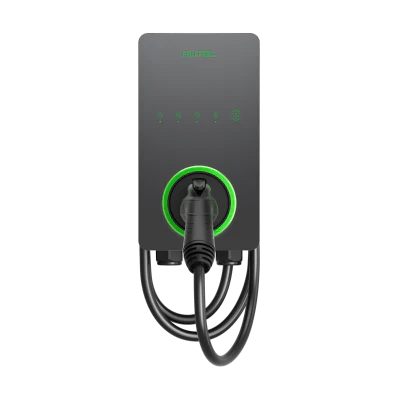
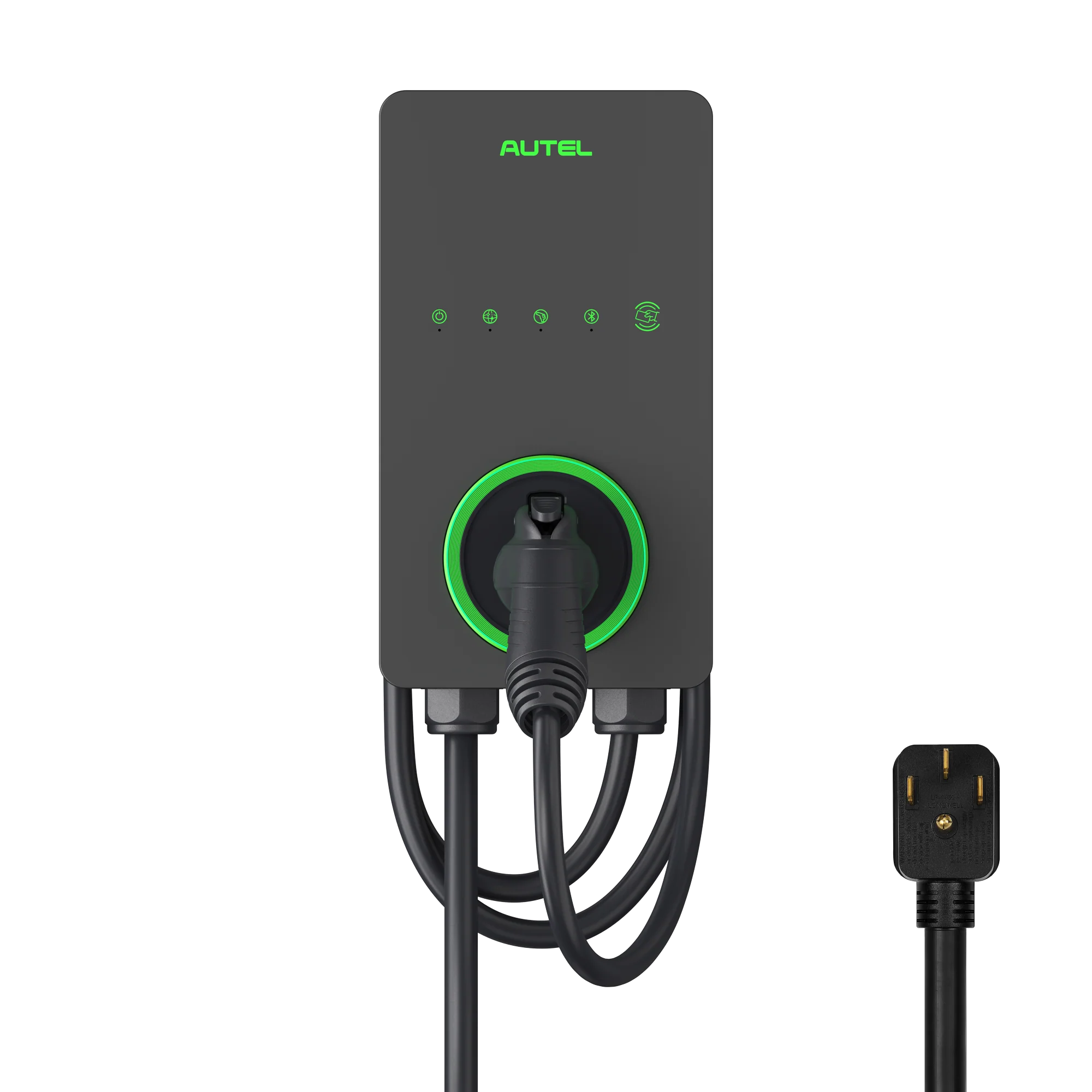
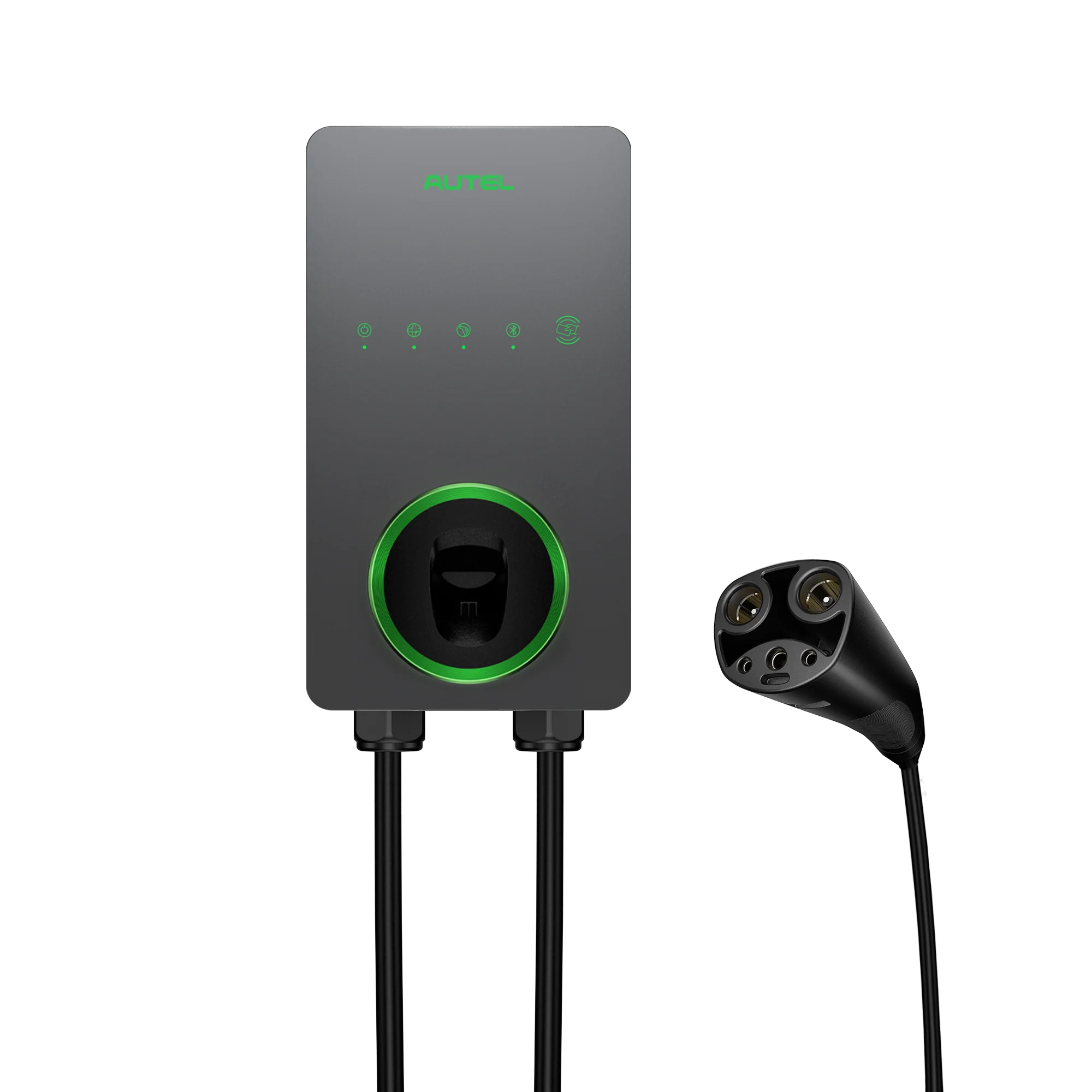
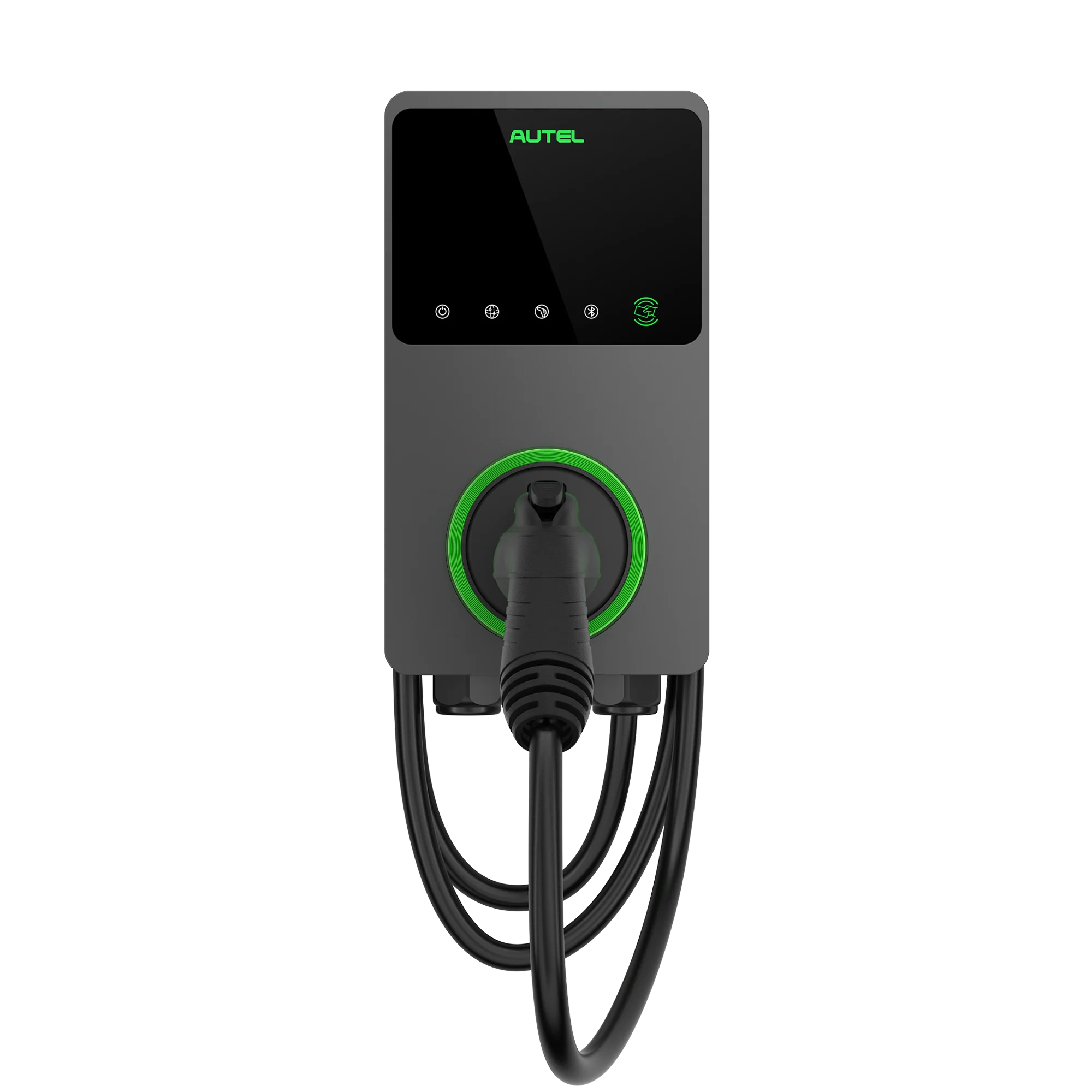
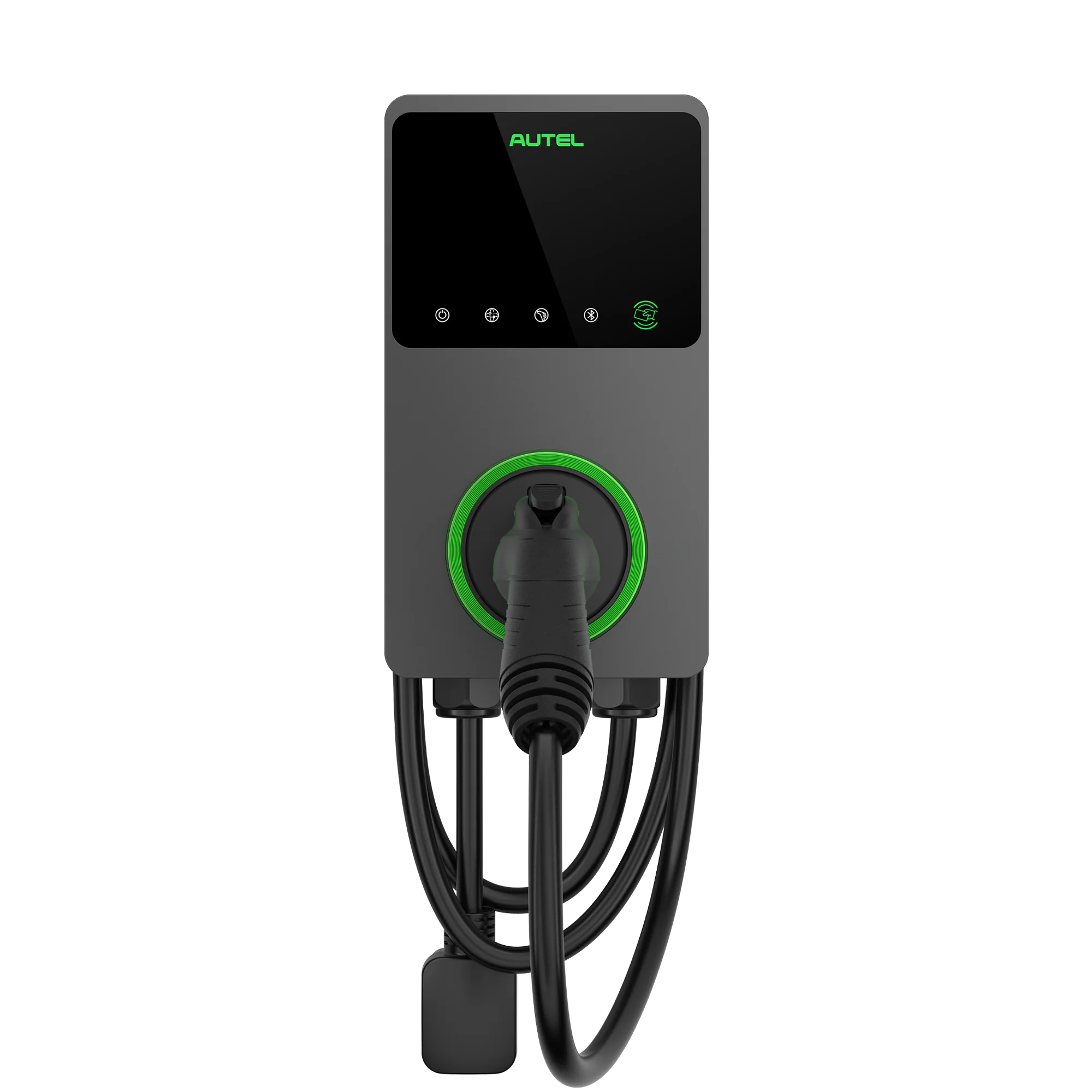

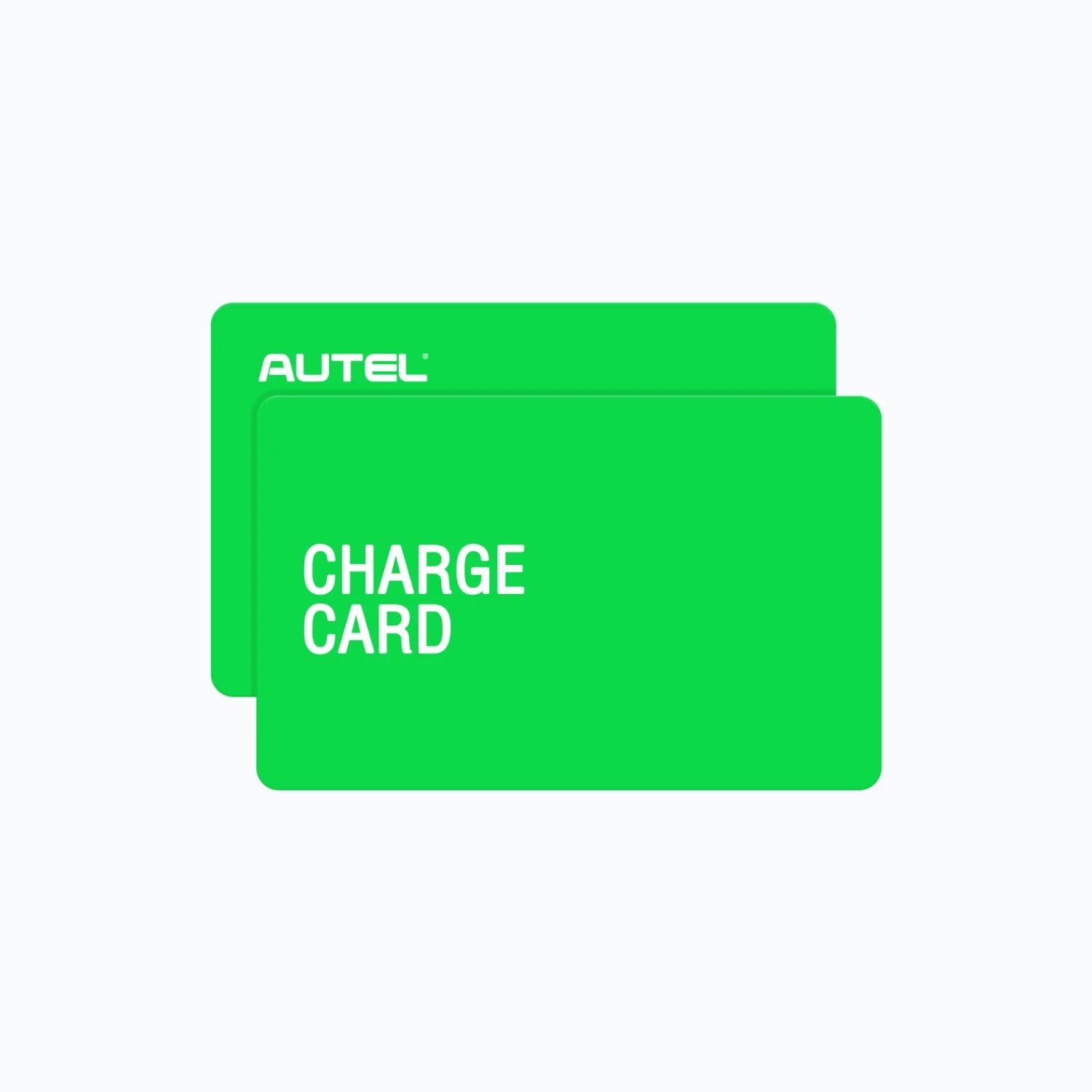
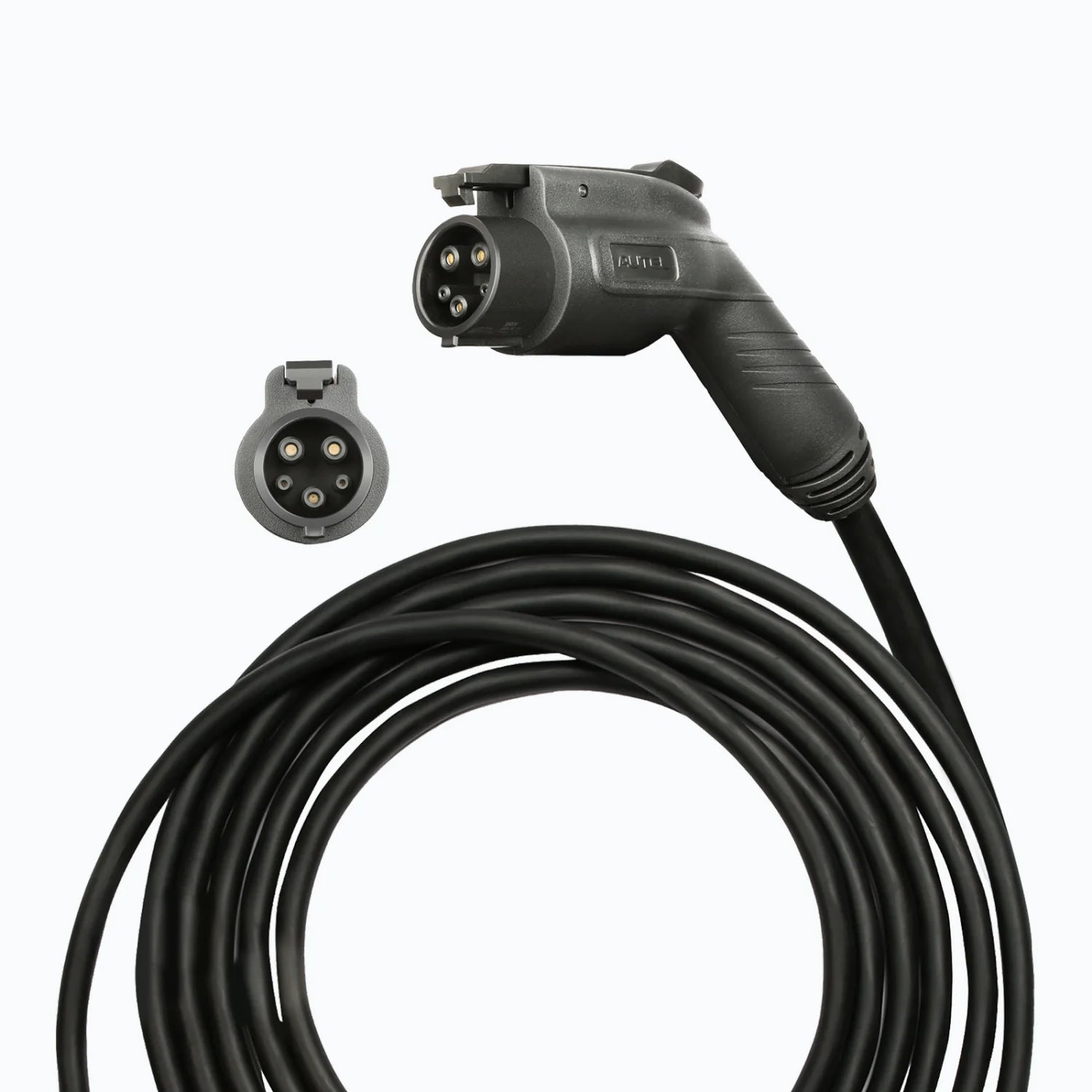
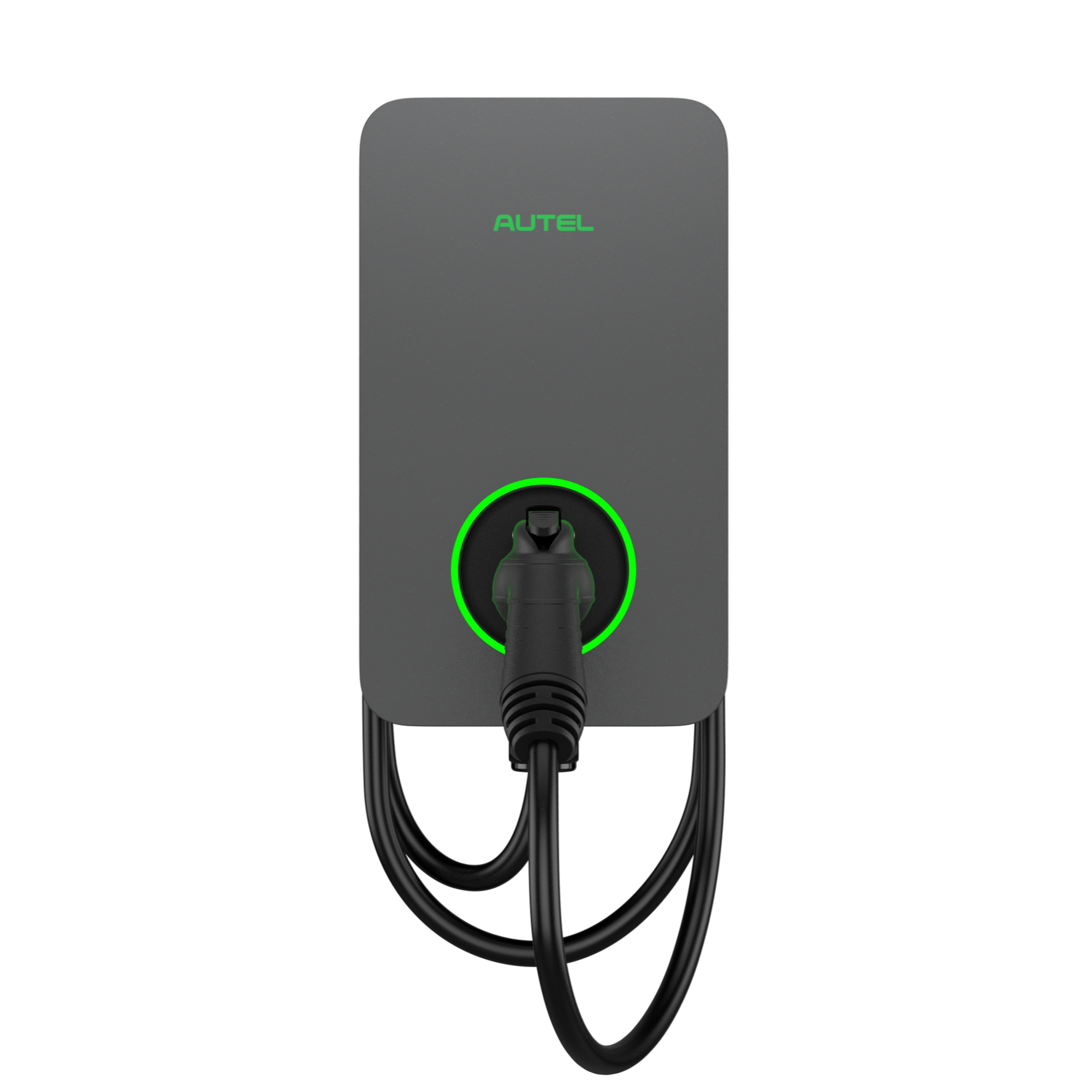

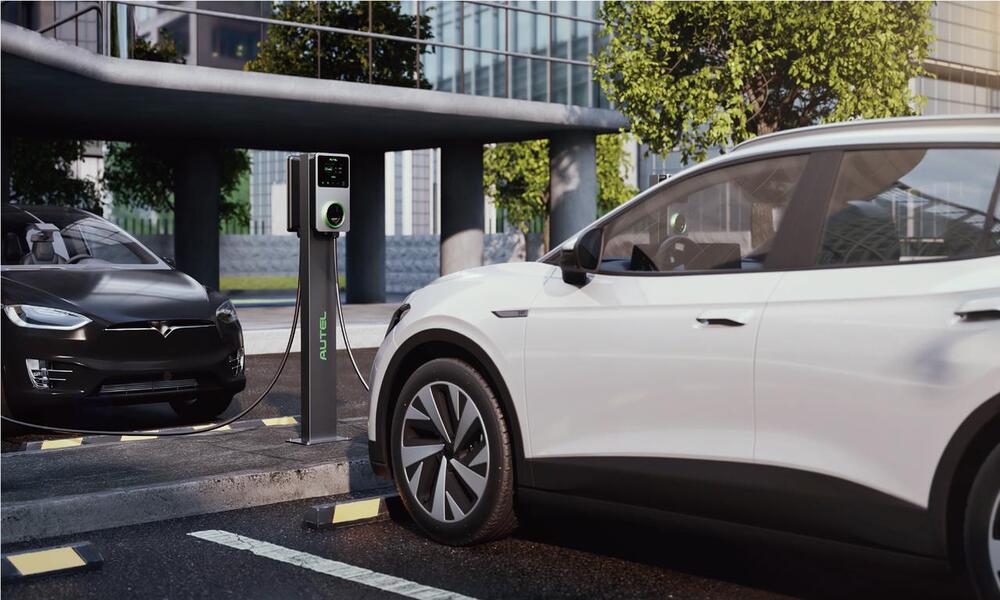
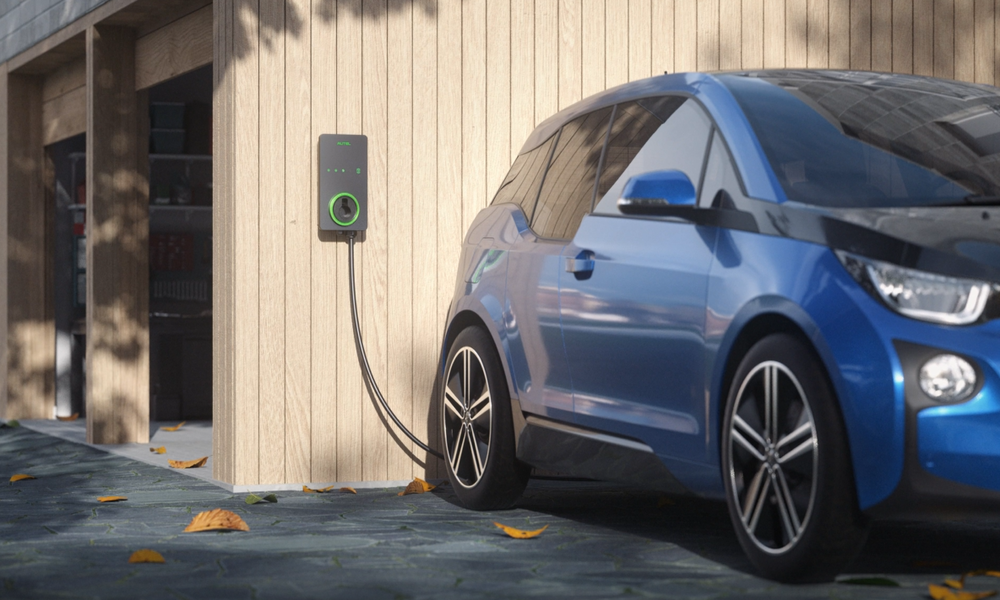
Leave a comment
All comments are moderated before being published.
This site is protected by hCaptcha and the hCaptcha Privacy Policy and Terms of Service apply.